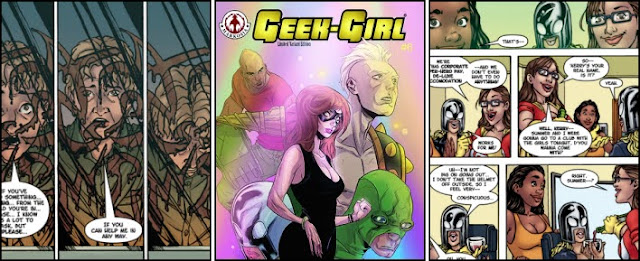 |
| IRON MAN No. 2, December 2020 |
For openers, the twenty-page periodical starts with Shell-head inexplicably confronting the Absorbing Man in a simple wrestling ring for a pirate pay-per-view broadcast. Admittedly, this bout of pugilism is pulse-poundingly paced, as Carl Creel rather impressively batters his beleaguered opponent into semi-submission until the billionaire industrialist realises that the match referee is none other than the villainous Arcade. But just how Iron Man actually came to be in such a bizarre situation is never actually explained, nor whether it has anything to do with the “bolt of energy from a hidden source” which is referred to in the preamble for “Gods And Complexes”.
Instead, this book’s readers are forced to simply accept that having defeated Unicorn with the help of Hellcat in this title’s previous instalment, Tony was subsequently easily overcome by Chris Claremont’s co-creation and somehow spirited away to the criminal’s secret sports hall. This lack of background to the comic’s storytelling sadly then happens a second time when Cardiac pops up towards the end of the publication having somehow kidnapped several Stark Pharmaceutical scientists and confined them in a seemingly impenetrable bubble on the city’s shoreline.
As Iron Man himself states as he rapidly approaches the scene, the “setup seems very super villain.” Yet despite this debatably ludicrous-looking mission, the method used by Elias Wirtham to capture his hapless victims and house them inside such a peculiar prison is frustratingly forgotten in favour of action, even when it appears that the “accomplished physician” has miraculously constructed a device which is apparently capable of withstanding even the strongest of repulsor blasts; “They have to die, Stark. A message has to be sent. Our healthcare system is a crime --”
 |
| The regular cover art of "IRON MAN" #2 by Alex Ross |






















